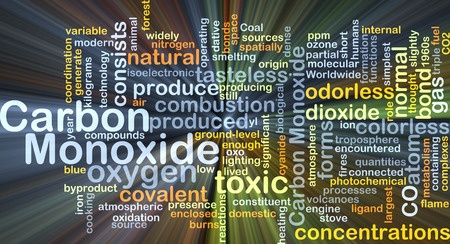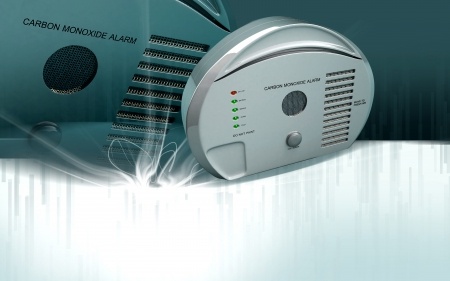

January Deadliest Month of the Year for Carbon Monoxide Poisoning
A five year study on carbon monoxide poisoning statistics between 1999 and 2004 was completed and released by the federal Centers for Disease Control and Prevention in December, 2007. The research team found that January was the deadliest month of the year for carbon monoxide poisonings in the United States. They attributed at least two deaths per day from carbon monoxide poisoning in January, which was three times the carbon monoxide poisoning rate recorded in August and July. Unintentional exposure to carbon monoxide was the cause of 15,000 emergency room visits in each year of the study with an average of 439 people dying each year.
Read More

Carbon Monoxide Poisoning Statistics
Carbon monoxide poisoning is one of the leading causes of unintentional poisoning deaths in the United States. Its odorless, colorless nature makes it undetectable until a person is already experiencing symptoms, is injured, or dead. Carbon monoxide poisoning is responsible for 15,000 emergency department visits and nearly 500 deaths annually in the United States. This is not telling of the number of poisonings that go untreated every year. Common symptoms of carbon monoxide poisoning include headache, nausea, chest pain, and dizziness.
Carbon monoxide injuries may be preventable with the installation of a proper alarm system. Many more households carry these alarms today compared to a decade ago because of education on the subject as well as stricter building codes.
Read More

Carbon Monoxide Safety Tips
Carbon Monoxide is known as a silent, invisible killer; it is created when fuels such as wood, natural gas, and propane burn incompletely. We are most vulnerable to carbon monoxide poisoning in our homes where heating and cooking equipment that burn fuel can create the deadly gas. Cars or generators running in an attached garage can also produce dangerous levels of carbon monoxide. In 2010, fire departments responded to over 80,000 calls for carbon monoxide in homes.
Many more carbon monoxide detectors have been installed into homes in recent years because of more awareness of the deadly effects of this gas and because of new building codes that require alarms. Still, many people need to be informed of the dangers of carbon monoxide poisoning.
Read More